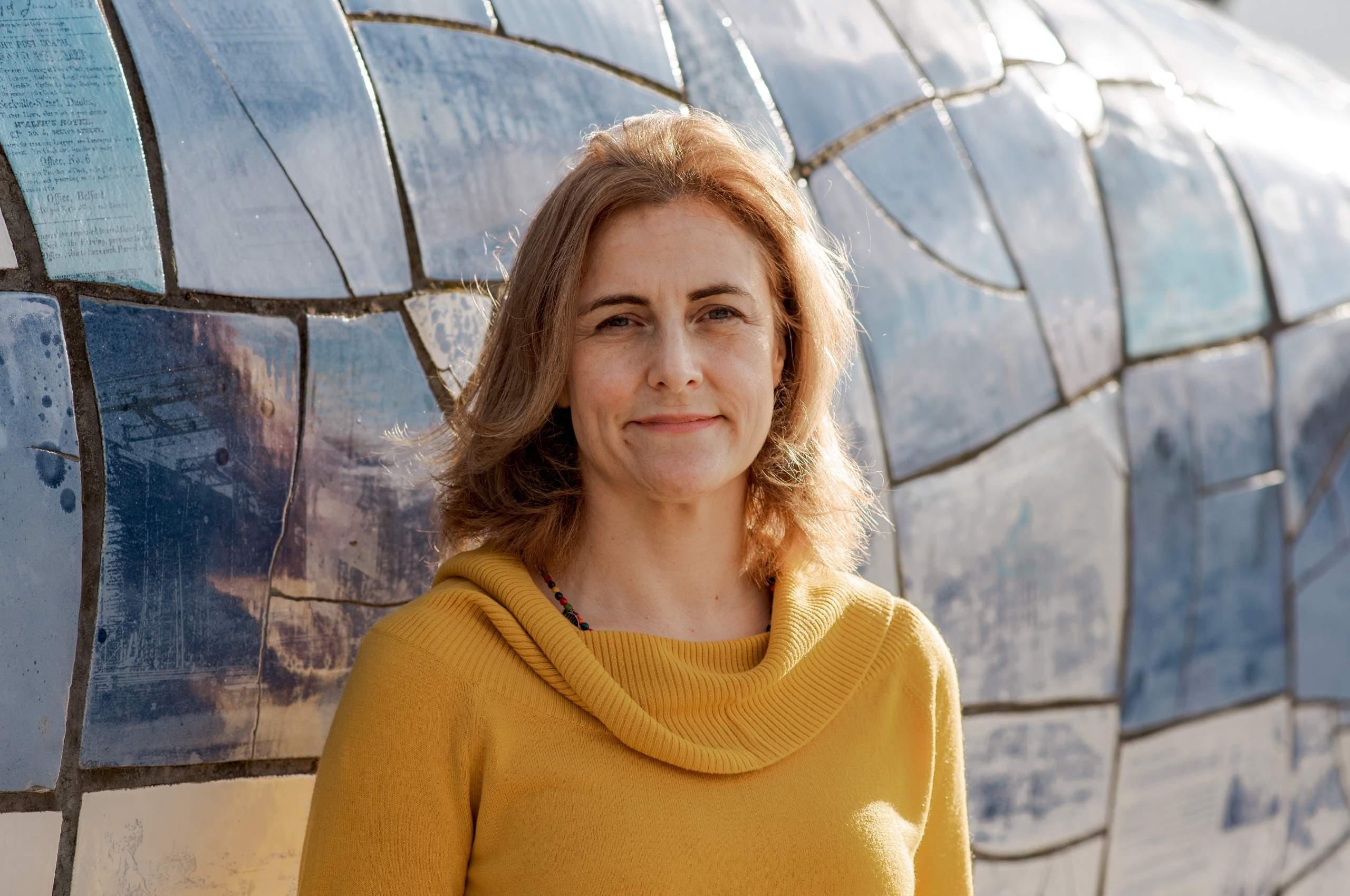When a dear friend from New Zealand showed up for a visit in Turin last week, we were naturally delighted. How much more delighted we were when he mentioned he was heading to one of his favorite places on earth, the Langhe, and we could come too! A serious fan of Piedmontese wine, Thierry has already visited the area several times—but ‘visit’ is putting it mildly; he has developed friendships with local winegrowers and producers, he’s memorized the vineyards, knows all the villages by name, keeps up with local news, and has even biked up steep dirt trails between vines. And, of course, he has a mental library crammed with the tastes peculiar to each nook and cranny of the country.

As you can imagine, we didn’t take much convincing when he invited us to accompany him for his latest visit south. As he drove us out of Turin, the thick fog cleared to reveal a series of gentle hills covered with the golds, reds, yellows and bronzes of autumn. Here and there were steeper hills topped with a medieval castle and bell tower. A gentle mist hovered over the scene, creating a romantic, fairytale effect.

Thierry explained that we were going to be staying in between two of the most famous wine-growing areas, Barolo and Barbaresco. The famous grape variety grown here (and almost nowhere else) is Nebbiolo (foggy), which takes an unusually long time to ripen and produces a full-bodied red wine. As he drove, he pointed out the vineyards he knew, the type of wine they produced and a bit of history about the grower.
One of our first stops was one of the biggest wineries of the area, Marchesi di Gresy . Cellarmaster Jeffrey Chilcott, a New Zealand native who has lived and worked here for more than 28 years, offered to show us around. Chilcott is a passionate ambassador not only for the local wine but also for the region.
“People say Piedmontese are ‘closed’ and ‘cool’. It’s just not true. In fact, you’d be hard put to find a warmer, more generous bunch of people.”
He led us through the cavernous cellars full of huge vats, concrete tanks, oak barrels and unlabeled bottles by the hundreds. All the while he explained what they were for. His enthusiasm for the process was evident and impressive, considering how many visitors come to the winery daily.
John pointed a glass vessel plugged into the top of a barrel. Wine was pushing up into the glass.

“Ah, that’s an airlock, to stop the wine in the barrel from getting air inside. It was invented by a Tuscan chap, guy you might have heard of called Leonardo Da Vinci.”
In the next room we saw a strange machine and asked what it was for.
“It’s for gluing the labels on. By the way, we are the one of the few producers still using old paper labels. We source it from a town in Italy that still makes its own paper and has since Medieval times.” [Note: I don’t remember which town it was, but it might have been one of these]. He pointed to a sample with a beautiful off-white color and thick, textured feel.
Jeffrey then ushered us into the tasting room and poured us samples of the wines—two whites and four reds, each made of grapes from a slightly different area of the property. He chatted about his interest in Italy was first sparked by his father’s photo albums—he’d served in Italy in World War II and brought back magical photos, postcards and stories from Italy. Serving the dolcetto (literally ‘sweetie’), he said that it was nowadays often dismissed as a simple wine, but traditionally it was the bottle that every country home had on its table for lunch and dinner.
“In summer the grape harvesters would get up at dawn, work a few hours, then have have a break–a hunk of cheese, some bread and maybe a third of a bottle of dolcetto. A few hours later, lunch–the same thing.”

Shortly afterwards, we were joined by Thierry and another local wine expert and all five of us removed to the wine-lover’s native habitat: the dinner table. As the three savants burbled happily about the liquids, John and I listened and munched on local specialties: vitello con crema di tonno (veal with tuna cream sauce), tartare (raw beef finely minced), marinated anchovies and salsiccia di Bra (sausage from the town of Bra), Tajarin (short, fine egg noodles) and plin (small ravioli) with butter and sage.

Being what is technically known as a ‘wine civilian’, I understood very little of what was going on. Yet, at the same time, I enjoyed the references to ‘Christmassy, blood orange notes’, ‘New World feel’, ‘caramellization’ and ‘masculine intensity’. Much like Italian, I decided, it is a musical language that you don’t really have to understand to enjoy.











